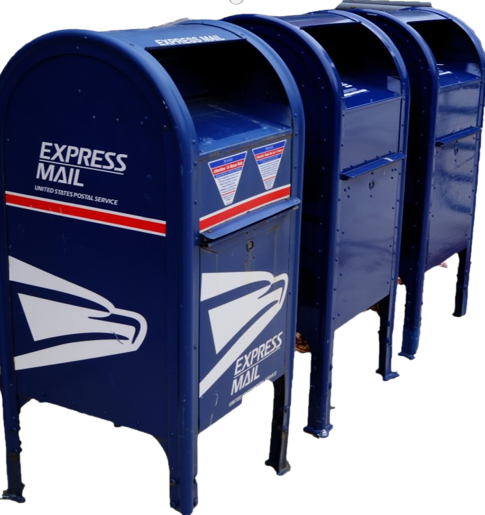Mail Theft

Mail theft takes various forms, including stealing from mailboxes, porch piracy, and breaking into mail drop boxes. Thieves target unlocked or unsecured mailboxes, taking letters, bills, checks, packages, and valuable items. Porch piracy is prevalent due to online shopping, involving the theft of unattended packages from doorsteps. Criminals break into clusters of mailboxes, like in apartments, to gain unauthorized access. Stolen mail often contains personal information, financial statements, credit card details, or sensitive data exploitable for illegal purposes, such as check washing, fraudulent claims, and identity theft.
Signs of Mail Theft
- Missing Mail: If you notice missing mail, including bills or statements that should have arrived, it could be a sign of theft.
- Tampered Mail: Inspect your mail for signs of tampering, such as torn envelopes or resealed packages.
- Unexpected Financial Activity: Be vigilant for unexpected financial transactions or suspicious account activity, as these can be indicators of identity theft.
Prevention Tips
- Avoid using USPS blue collection mailboxes when mailing any type of payment. Use online banking for e-payments. If you need to mail a payment, drop it off at a post office or hand it directly to a postal employee.
- Secure Mailbox: Use a locked mailbox or a mailbox with a secure lockable compartment for incoming mail.
- Collect Mail Promptly: Retrieve your mail as soon as possible after it's delivered to minimize the time it spends in your mailbox.
- Handle with Care: Take your mail with checks or other sensitive information to the post office or give it directly to a mail carrier.
- Hold Mail When Away: If you're away for an extended period, request the post office to hold your mail until your return.
- Shred Sensitive Documents: Shred documents containing personal information before discarding them to prevent dumpster diving.
- Use Direct Deposit: Opt for direct deposit for paychecks and sensitive financial transactions to reduce the amount of mail containing valuable information.
Recovering from the scam
- Report Theft: Report the mail theft to your local post office and law enforcement. You should also file a report directly with the United States Postal Inspection Service at https://www.uspis.gov/report and complete the mail theft questionnaire. Or call 201-877-876-2455.
- Monitor Financial Accounts: Regularly monitor your financial accounts for unauthorized transactions or suspicious activity and report it to your bank or financial institution.
- Contact Affected Parties: If you suspect identity theft, contact your bank, credit card companies, and other relevant institutions to alert them to the situation.
- Credit Monitoring: Consider enrolling in credit monitoring services to receive alerts about any suspicious credit activity.
- Change Locks: If your mailbox lock was tampered with, change the lock to prevent further theft.
- Identity Theft Assistance: Seek assistance from organizations specializing in identity theft recovery, such as the Identity Theft Resource Center (ITRC).
References:
- US Postal Service. (2024 Feb 15). What options are available involving mail theft? Retrieved from https://faq.usps.com/s/article/Mail-Theft
- United States Postal Inspection Service. (n.d.). MAIL & PACKAGE THEFT. Retrieved from https://www.uspis.gov/tips-prevention/mail-theft

